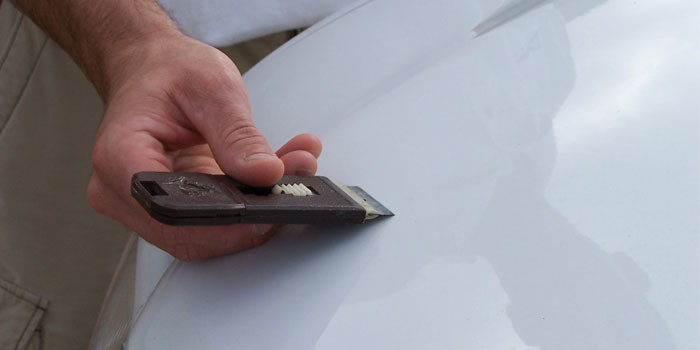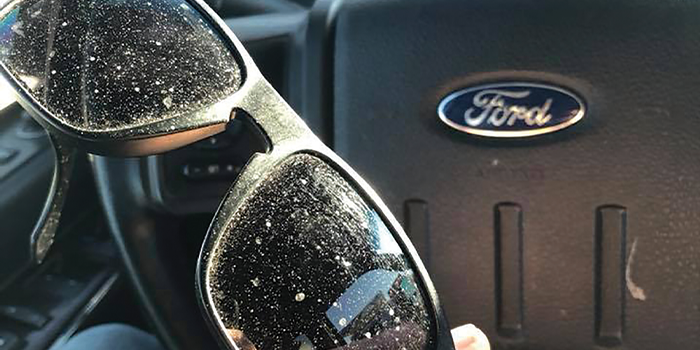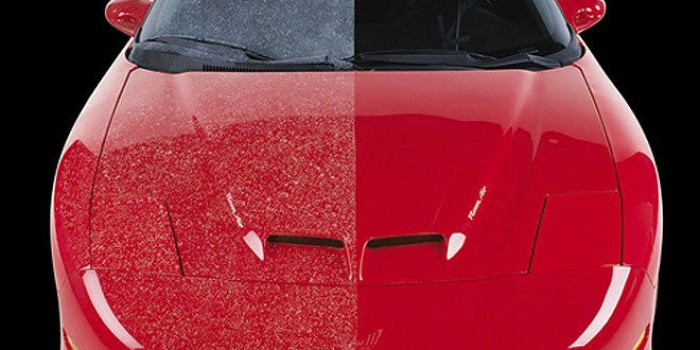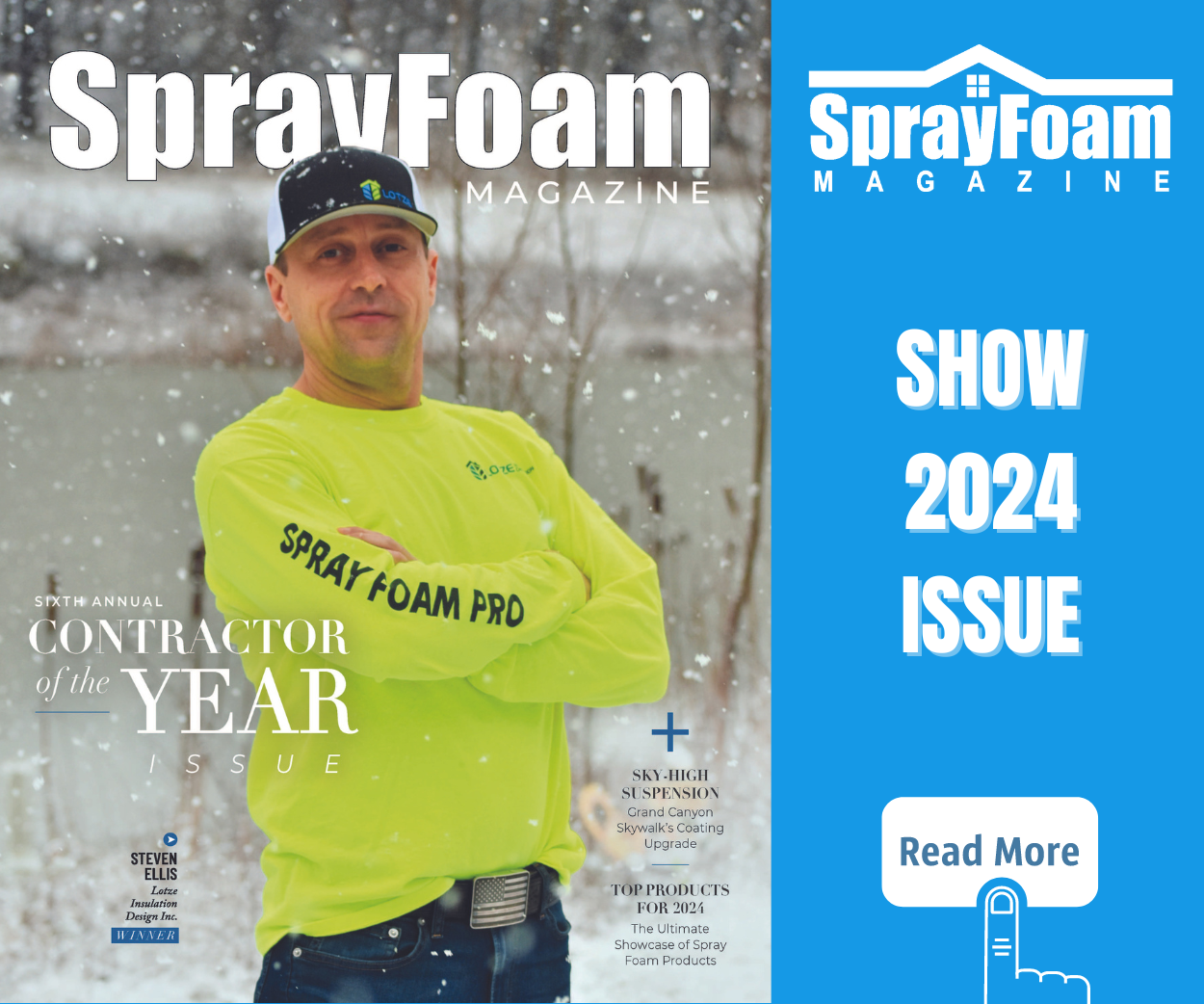Overspray, Not a Problem


Spray Foam Magazine – Winter 2020 – It’s a nice sunny day with not a cloud in the sky and you’re spraying on the roof of a 10-story high-rise apartment building. You’ve done your homework, surveying the area and checking the wind. You’ve taken all the necessary overspray precautions. All is calm and going perfectly…until, suddenly and seemingly out of nowhere, a gust of wind blows through. At first you think, ‘well that was refreshing’ and then, less than an hour later, you have people yelling up from below, demanding to speak to you.
It’s not a question of if it will happen, but when it will happen, and it can happen anywhere at any time. If you work in the spray foam and roof coating industry long enough, you are more than likely going to experience an overspray event of some proportion. Even with careful planning, there still remains an inherent risk for overspray when applying spray foam, polyurea, or any type of coating outdoors. When that happens, the best thing a contractor can do is have a plan in place to deal with the damage and deal with it quickly. Developing a relationship with a reputable and experienced overspray removal company and keeping them on speed dial is a great place to start.
All across the country and during peak building seasons, contractors spraying commercial high-rise buildings, bridges, water towers, or buildings with any altitude, run the risk of having overspray damage occur, no matter the precautions they may have taken. One strong, unexpected gust of wind and … oops, you have a parking lot or an automobile dealership full of overspray damaged vehicles. This could be a few to hundreds of damaged vehicles and the responsibility lies with the contractor. Thousands of instances of overspray damage are reported daily in the U.S. alone, so it’s more common than one may think.
Overspray removal costs are much less than a collision repair and does not diminish the value of the vehicle. Depending on the damage, the color of the car, and the type of overspray, removal cost can run between $450 and $600. Working with an overspray company will not only save the contractor money, the claim will be considered a comprehensive claim and with no re-painting, there is nothing to report to Carfax; therefore, the owner of the vehicle doesn’t lose any value. Another benefit of having an overspray company in place is that they will handle the issue from claim to finish and do everything possible to keep the customer happy. All of which means, you, the contractor, can get back to work and not have to worry or waste time dealing with the issue.
We asked a highly qualified overspray removal company to identify a few important steps that spray foam or coatings contractors should take if faced with the news that they’ve accidentally caused damage to vehicles due to overspray.
Eric Gerencser, Vice President of Nationwide Overspray, pointed out these three simple steps:
- Make sure to get all of the vehicle information: year, make, model, color, and license plate. If possible, get photos. The photos may not always show the damage, but they can show the condition of the vehicle at the time.
- Report the claim with all of the information to the overspray company along with photos (if obtained) immediately. The sooner the better. If sprayed polyurethane foam is left on a car too long, especially in hot weather, it can etch or shadow the vehicles finish, resulting in a high dollar claim and some very unhappy people.
- Get back to business and let the overspray company handle the rest. A good overspray company should have the claim written up and a trained technician sent out within 24 hours, working onsite to repair the damage.
Nationwide Overspray is one such company. Their mission is to provide the highest level of service available in the paint or coatings overspray business. Their goal is to return vehicles to their previous condition if not better and usually that same day. The removal process is done by hand with methods varying depending on the severity of the damage and the color of the vehicle. However, primarily the contaminant is removed by hand using the least abrasive method possible.
Mechanical buffers are not used as they can cause more damage. Buffing is used in the final waxing stage to leave a mirror like finish. Urethane typically needs two stages for removal. The first stage is about reducing the height of the particles and the second stage uses an eco-friendly product to soften these particles. The final stage is removing them with a clay bar and polishing off the vehicle for the perfect shine.
When the removal company expediently takes all of these careful and thorough steps from start to finish, contractors are ultimately released from any further liability and can focus on what they do best, spraying foam and making money.
Jim Gerencser, president of Nationwide Overspray and his son Eric, the vice president, have been in the business for many years. Jim started the company in 1982 as a detail shop in Dallas and over the years it has evolved into strictly focusing on overspray damage repair. Last year alone, they cleaned overspray contamination on over 15,000 cars that were oversprayed with polyurethane, paint, tar, asphalt, and concrete. Eric’s final piece of advice to the contractor, “Don’t hesitate to call us the minute you hear that you are responsible for overspray damage. With spray foam and coatings, time is of the essence. The sooner you call, the better we are able to clean the damage to satisfaction.”
A good overspray removal company is the contractors advocate and they also do their best to keep the car owner happy as well. Keeping the customer happy means less likelihood of further problems or liability for the contractor. With companies like this around, it seems to be a win-win for everyone involved and having that contingency plan in place is a perfect place to start.
Disqus website name not provided.





































